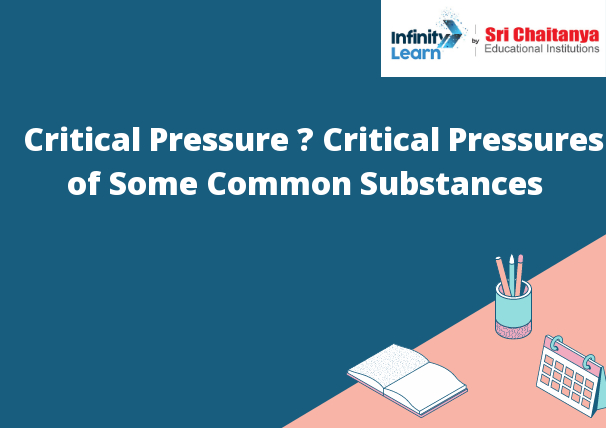Table of Contents
What is the Critical Pressure?
The Critical Pressure is the pressure required to create a critical state in a fluid. In other words, it is the pressure required to create a liquid-vapor mixture in equilibrium.

Liquefaction of Gases
When a gas is liquefied, its molecules are forced closer together until they form a liquid. In order to liquefy a gas, you must first cool it to a very low temperature. This can be done by either compressing the gas and then cooling it or by cooling the container that the gas is in.
Triple Point of Water
The triple point of water is the temperature and pressure at which water exists in all three phases: liquid, gas, and solid. This occurs because the molecules of water are attracted to each other the most when they are in their most orderly arrangement, which is when they are in a solid. The molecules of water are also attracted to the air molecules around them, which is when water is in a liquid state. The molecules of water are also attracted to other water molecules, but not as much as to the air molecules, which is when water is in a gas state.
Critical State
The critical state of a substance is the point at which it is equally likely to exist as a gas, liquid, or solid. This occurs when the forces that hold the molecules together are in equilibrium.
Critical Pressures of Some Common Substances
The table below lists the critical pressures of some common substances.
- Substance Critical Pressure (Pa) oxygen 315 nitrogen 160 carbon dioxide 7.38 water vapour 17.27
- Sources: CRC Handbook of Chemistry and Physics, 95th edition, p. D-189; AIChE Journal, vol. 37, no. 12, p. 2290.
Critical Pressure of Water Vapor
The critical pressure of water vapor is 218 atmospheres.









